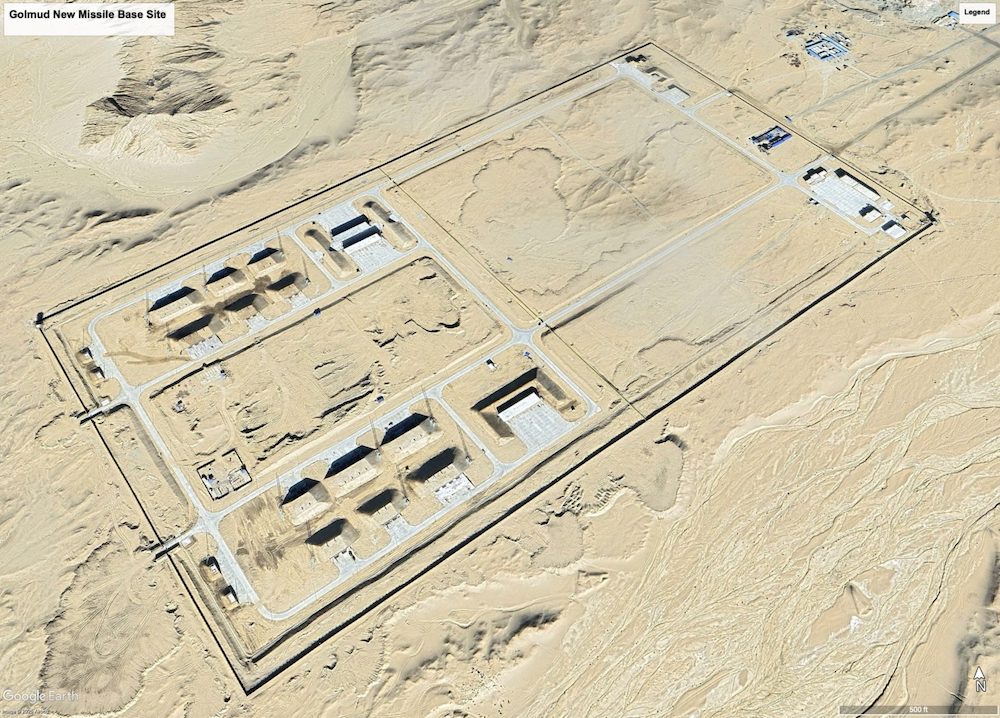New Delhi, November 10 – The 2,906 km long Brahmaputra is one of Asia’s largest rivers that traverse its first stretch of 1,625 km in Tibet, the next 918 km in India and the remaining 363 km through neighbouring Bangladesh before converging into the Bay of Bengal.
According to media reports, China has plans of damming the Brahmaputra and diverting 200 billion cubic metres of water to feed the Yellow River in an attempt at easing acute water shortage in Shaanxi, Hebel, Beijing and Tianjin.
This project would definitely have cascading effect in the northeast of India and could lead to natural calamities. For South Asia and more particularly for India, the enormity of the scheme and its closeness to the Indian border cannot be ignored. It is not only the sheer size of the project, which has to be considered, but also the fact that, if accomplished, it will have ominous consequences for millions of people downstream.
It is in this context that a panel discussion was organised by the Tibetan Parliamentary and Policy Research Centre at the India Habitat Centre, New Delhi, to shed some light on the political, social, economic, environmental fallout of such a project on India, Bangladesh besides the issue of livelihood of millions in these two countries.
Panel of experts at the discussion included Mr. Claude Arpi, Writer and Expert on India-Tibet-China who has been following the Brahmaputra issue for several years; Prof. V Subramanian of the School of Environmental Sciences, JNU; Mr. Gopal Krishna, Convener, Water Watch and Mr. Himanshu Thakkar, Coordinator, South Asia Network of River Dams and People.









